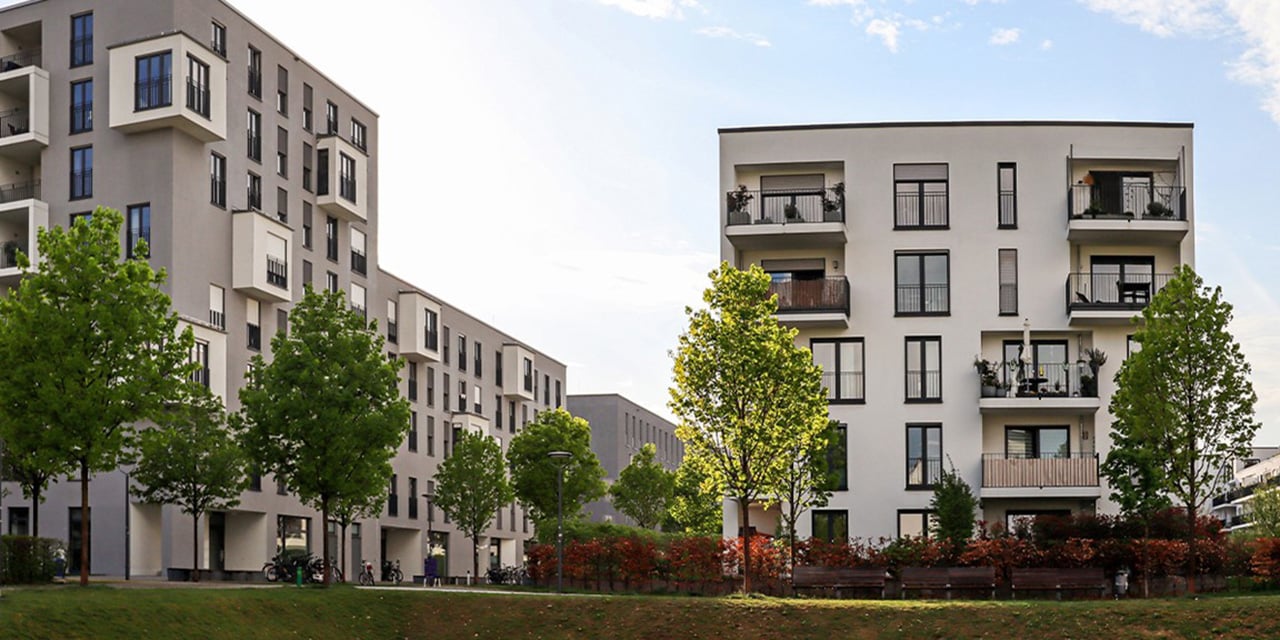
The Latest on the Multifamily Real Estate Sector
Baird’s Real Estate Group recently connected with investors in New York for a deep dive on the multifamily sector. The discussion also featured insights from Wes Golladay, Director and Senior Research Analyst, with Baird’s Equity Research team. With an emphasis on current macro trends, apartment fundamentals, and an outlook for the sector, the Baird team shed light on the dynamics defining the current multi-family market.
Top-of-Mind Trends for Investors
- Supply pressure in the Sunbelt markets
- Lower job growth and higher exposure to technology on the West Coast
- Expense pressure, with insurance a bigger concern since Hurricane Ian
- Limited visibility for valuation due to lower transaction volume
- Exposure to mezzanine investments and variable rate debt
- Overall leverage levels and availability of debt capital
Additional Takeaways
Rent or Own?
- Rising interest rates make housing highly unaffordable. The Rent vs. Own Spread is averaging around 53% cheaper to rent across all major U.S. MSAs, with a range from 35% cheaper in Orlando all the way to 70%+ cheaper in LA and the Bay Area.
- That said, rising apartment supply is a bigger concern with SAAR Multifamily permits near multi-year highs, multifamily share of permits near multi-decade highs, and a concerningly large under construction pipeline (high on a historical basis but not at an all-time high).
- Notably, there has been incremental concern about the capital markets. Spreads are showing some signs of distress and banks are tightening lending standards for multifamily, with tougher lending standard expected to lead to a slowdown in CRE supply.
Sunbelt States Continue to Benefit
- The Sunbelt states, specifically Florida and Texas, continue to benefit from outsized domestic migration. Orlando, Jacksonville, and Tampa, as well as Austin, San Antonio, and Dallas, saw significant positive population growth and domestic in-migration in 2021 and 2022 – collectively taking the top six spots among the top U.S. apartment metros.
- New York and California were at the bottom of the pack, with New York City and Los Angeles, San Jose, and San Francisco all recording negative domestic migration and population growth for 2021 and 2022 according to the U.S. Census Bureau and Baird Equity Research.
- Due to the strong in-migration, permitting is highest in the Sunbelt markets, which lead in both supply and demand for apartment units.
The Impact of Employment and Job Growth
- Employment has been resilient despite higher interest rates. While job growth is moderating, the labor market remains tight despite the recent slowdown. Initial jobless claims remain low and wage growth remains robust, which could keep inflation above trend.
- The employment backdrop is still constructive for apartment demand due to: a modest uptick in job growth for the primary renter cohort (age 25-34 years old), slowing but still favorable job growth for the second largest cohort (age 35-44 years old), and rising consumer confidence for all incomes.
- While most major markets remain moderate for job growth, cities with strong growth trends include Dallas, Orlando, Austin, Tampa, and Nashville. Those with lagging growth trends include Denver, Minneapolis, Washington, D.C., Phoenix, and Los Angeles.
Interested in learning more about these trends? Connect with Baird Global Real Estate Investment Banking:
Jim O’Brien
Managing Director
jobrien@rwbaird.com
+1-703-394-1814
Steve Goldberg
Managing Director
sgoldberg@rwbaird.com
+1-703-394-1808
Trevor Shepherd
Vice President
tshepherd@rwbaird.com
+1-703-394-1805


